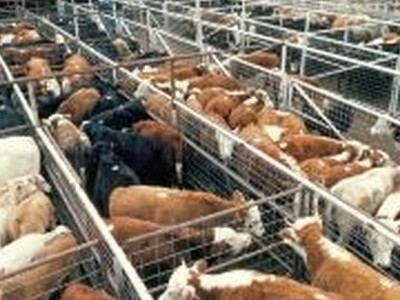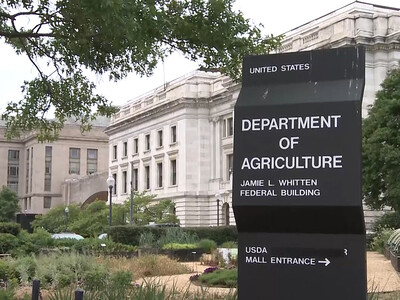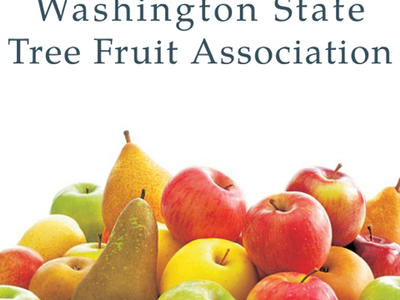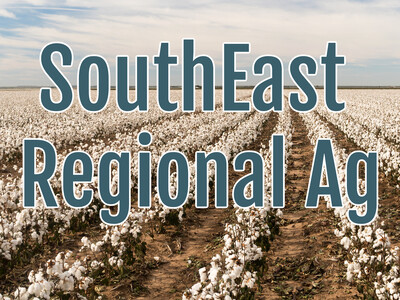Fewer Cattle & Burn Ban
Fewer Cattle & Burn Ban plus Food Forethought. I'm Greg Martin with today's Northwest Report.Beef processors are making adjustments to the lower supplies and higher prices of cattle. For some the adjustment is to close down. Shayle Shagam, USDA livestock analyst, talks about the various ways some beef processing plants are adjusting.
SHAGAM: The first steps that some plants would take would be to either not kill on Saturday or take a floater holiday which is a rotating period when the plant would close down or perhaps go to one shift at the plant rather than two shifts at the plant. So, again, part of the on-going process is firms are trying to rationalize the amount of capacity to the level of animals which are available.
The Washington State Department of Natural Resources is expanding the current statewide burn ban to cover all outdoor burning on all DNR-protected lands, with no exceptions, the agency announced yesterday. Dangerously hot and dry weather is driving fire danger to a new high. These conditions have caused fires to spread rapidly and challenged firefighting efforts. More than $91 million has been spent so far battling wildfires in 2014, and more than 350,000 acres have burned across the state. There are many weeks to go in this year's fire season, which usually runs into October.
Now with today's Food Forethought, here's Lacy Gray.
It has long been thought that plants can and do respond to verbal stimuli, also that they can communicate with one another. Heck, even the MythBusters got into the act a few years back and did their own specialized type of "experimentation" on whether plants respond to verbal stimuli from their human caretakers. Their findings were, unsurprisingly, inconclusive. Once again the theory that plants can communicate is being tested by a group of British, Italian and Spanish researchers who are working on developing a network of micro-sensors that can be embedded in plants in order to get information on how plants might respond to changes in their environment; changes such as chemicals, humidity, pollution and temperature. The sensors tap into the plants electrical signals and decipher what the plants are communicating about their environment. Ok, it's not like you will soon be able to openly communicate with your houseplants, but this a project that could help everyone from backyard gardeners to farmers understand what makes their plants tick. With such knowledge farmers soon might be able to incorporate ag practices that help plants to naturally protect themselves against attack.
Thanks Lacy. That's today's Northwest Report. I'm Greg Martin on the Ag Information Network.















